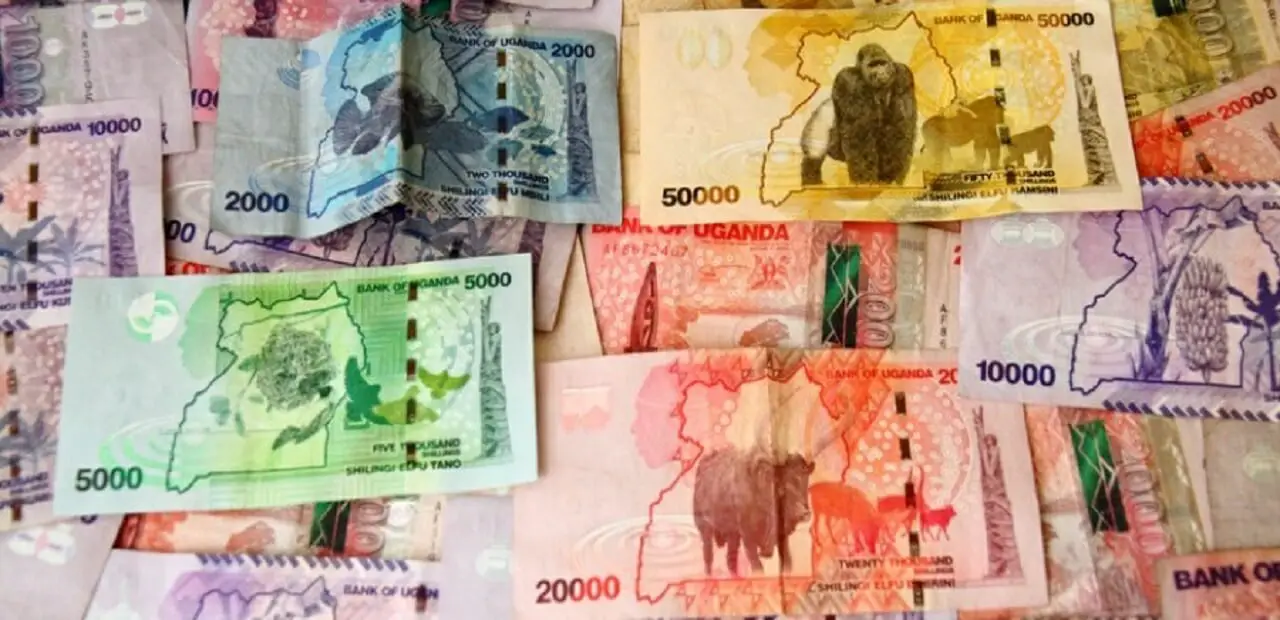
The government has launched the Direct Benefit (Cash) Transfer Scheme on January 1, 2013 with the objective of providing the government subsidy directly through the bank accounts of the beneficiaries. The DBT programme aims that entitlements and benefits to people can be transferred directly to them through bio-metric based Aadhaar linked bank accounts, thus reducing several layers of intermediaries and delays in the system. The system will allow actual disbursements to take place at the doorstep of the beneficiaries through a dense, inter-operable network of business correspondents (BCs) using bio-metric micro ATM machines. Thus, the yardstick of success is not going to be that the money has reached a bank account, but that it has reached the hands of the intended beneficiary—a student, a pensioner, a widow, an elderly person, a disabled person, or a poor family.
According to a study by National Institute of Public Finance & Policy (NIPFP) substantial benefits would accrue to the government by integrating Aadhaar with schemes such as PDS, MNREGS, Fertilizer & LPG subsidies, as well as housing, education and health programmes. The benefits arise from the reduction in leakages that occur due to identification and authentication issues. The study estimates the leakages due to identification and authentication errors, i.e. the existence of duplicates and “ghost” beneficiaries. Any reduction in leakages is considered a benefit, the money can then be utilized for its real purpose, that is for the targeted beneficiaries, or if the reduction in leakages leads to a reduction in the overall government expenditure required for the respective scheme, it is a benefit because the money can then be utilized in other programs.
What is the Scheme
It is a poverty reduction measure in which government subsidies and other benefits are given directly to the poor in cash rather than in the form of subsidies. The government transfers the subsidy or the financial help to the poor through companies, corporations or customer center’s. It is then indirectly reaches the beneficiaries. There is a big scope of diversion and pilferage of subsidy money in the current system. But this will not happen now. The subsidy will be directly transferred to the bank accounts of the beneficiaries. There will be no one in between. The beneficiary can withdraw the subsidy-money from his/her bank account or through ATM. The main schemes covered under it are: The scholarship granted to the students belonging to scheduled castes, scheduled tribes and other backward classes for the post-metric education; Indira Gandhi Awas Yojana, Janani Suraksha Yojana, the insurance cover for e daughter of scheduled castes; and the Dhanlakshmi Scheme.
Having announced the transfer of subsidy to poor on the basis of Aadhar numbers, the government will have to provide ATM card to all account holders. Along with this, the government will ensure ATM facility in all the branches of banks. The central government has directed all the public sector banks and regional rural banks to establish ATMs at their all branches.
The new scheme has great economic importance. If it succeeds, then it will be a decisive turning point for the Indian Economy. Whenever any scheme is launched, it is obviously welcomed and opposed as well. The same is happening with this scheme also, but it is a fact that it is not possible for any scheme to be flawless. It should be viewed on the basis whether it is better in comparison of the current system, or worse. If it has some flaws then certainly those can be removed in future. It is not that there will be no place at all for corruption, red-tap-ism and bias, but it will be lesser than in the current system and it will be easy to reduce them with time. The reason for this is that the technology used in it is modern and there is more possibility of improvement in it. The way, by the computerization of reservation of railway tickets their black-marketing has not stopped completely but it has reduced considerably and there is further scope to reduce it even more; the same way Aadhar Card based system may not be free from the possibilities of corruption and fraud, still it is better than the Ration Card based system. It is easy to improve the system based on Aadhar Card, and it is expected that its flaws will go on reducing in future.